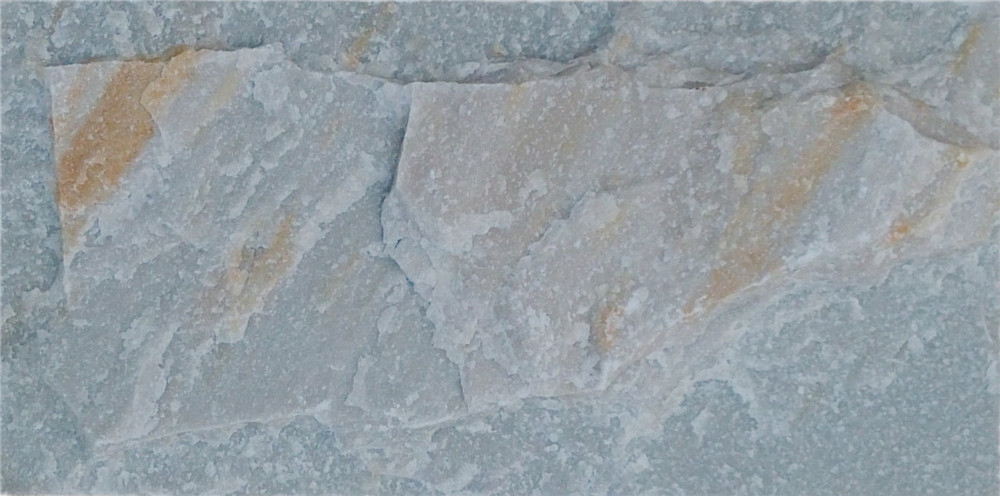Introduction
In the realm of construction and design, the use of stone has been a timeless and enduring choice. Stone carries with it a sense of strength, durability, and beauty that have made it a preferred material for countless architectural marvels throughout history. From ancient pyramids to modern skyscrapers, the appeal of stone transcends time and trends.
While natural stone has traditionally been the primary choice for construction and design, the rise of industrial cultured stone has revolutionized the industry in recent years. Industrial cultured stone, also known as manufactured stone or artificial stone, offers a compelling alternative to natural stone with its affordability, versatility, and sustainability. This article aims to explore the evolution, advantages, and applications of industrial cultured stone in the modern construction and design landscape.
Evolution of Industrial Cultured Stone
The concept of industrial cultured stone can be traced back to the early 20th century when manufacturers started experimenting with various materials to create artificial stone that mimicked the look and feel of natural stone. The initial attempts were crude and lacked the sophistication and realism that modern industrial cultured stone possesses. However, advancements in technology and manufacturing processes have led to significant improvements in the quality and aesthetics of cultured stone.
One of the key milestones in the evolution of industrial cultured stone was the development of lightweight aggregates and concrete mixes that closely resemble the texture and color variations found in natural stone. Manufacturers began using molds and casting techniques to create intricate patterns and shapes, allowing for a wide range of design possibilities. As a result, industrial cultured stone started gaining popularity as a cost-effective and versatile alternative to natural stone.
Advantages of Industrial Cultured Stone
1. Affordability: One of the most significant advantages of industrial cultured stone is its affordability compared to natural stone. Manufactured stone is typically less expensive to produce and install, making it an attractive option for budget-conscious projects without compromising on aesthetics.

2. Versatility: Industrial cultured stone offers a high degree of versatility in terms of color, texture, and shape. Manufacturers can replicate a wide range of natural stone varieties, allowing designers and architects to achieve their desired look without the limitations of natural stone availability.
3. Lightweight: Unlike natural stone, which can be heavy and cumbersome to work with, industrial cultured stone is lightweight and easy to handle. This characteristic makes it ideal for both interior and exterior applications, reducing structural load and installation complexity.
4. Sustainability: Industrial cultured stone is an environmentally friendly alternative to natural stone, as it requires fewer resources and energy to produce. Additionally, the manufacturing process of cultured stone can incorporate recycled materials, further reducing its environmental impact.
5. Durability: Despite being lighter than natural stone, industrial cultured stone is durable and long-lasting. It is resistant to weathering, fading, and cracking, making it a reliable choice for both residential and commercial projects.
Applications of Industrial Cultured Stone
1. Stepstone paver replacement for aging pathways : Industrial cultured stone is commonly used as a cladding material for exterior walls of buildings. Its lightweight nature and varied design options make it a popular choice for adding texture and visual interest to facades.
2. Interior Accent Walls: Cultured stone can also be used to create stunning accent walls in interior spaces such as living rooms, bedrooms, and entryways. The rich textures and colors of cultured stone can add warmth and character to any room.
3. Fireplaces and Chimneys: The natural look of industrial cultured stone makes it an ideal material for fireplace surrounds and chimneys. It can create a cozy and inviting atmosphere while providing heat resistance and durability.
4. Landscaping: Cultured stone is widely used in landscaping projects to create retaining walls, garden borders, and decorative elements. Its versatility and weather-resistant properties make it a practical choice for outdoor applications.
5. Commercial Buildings: Many commercial buildings incorporate industrial cultured stone into their designs to achieve a sophisticated and upscale look. From retail storefronts to office buildings, cultured stone adds a touch of elegance and charm to commercial spaces.
Conclusion
Industrial cultured stone has come a long way from its humble beginnings to become a versatile and cost-effective alternative to natural stone. With its affordability, versatility, sustainability, and durability, cultured stone has gained widespread acceptance in the construction and design industry. Whether used for exterior cladding, interior accent walls, fireplaces, landscaping, or commercial buildings, industrial cultured stone offers endless possibilities for creating visually stunning and functional spaces. As technology continues to advance, we can expect to see even more innovative applications of cultured stone in the future, further solidifying its place as a preferred choice for architects, designers, and homeowners alike.
